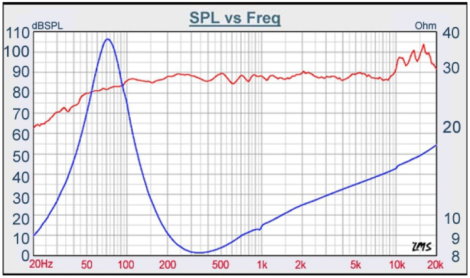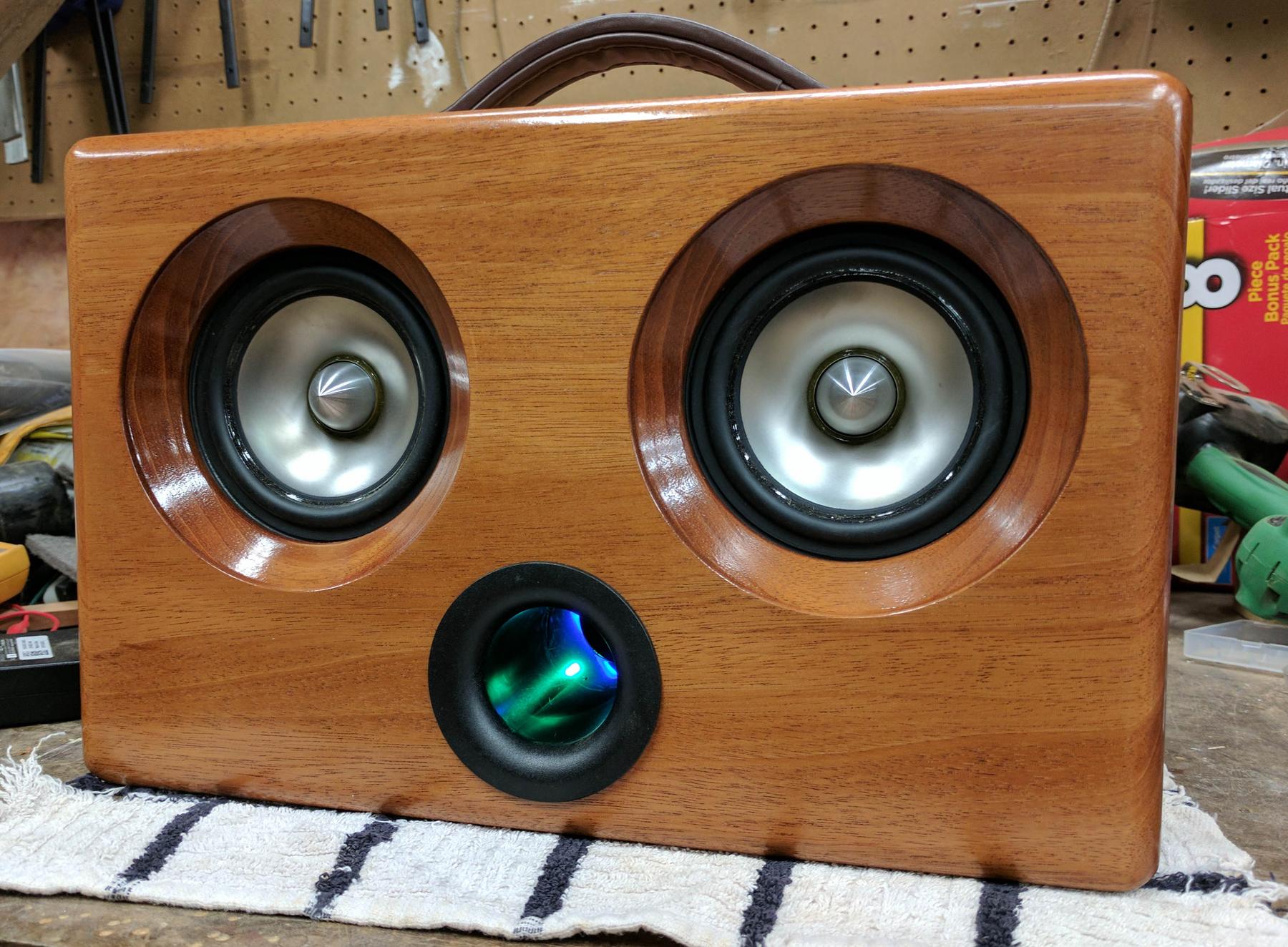TKoP
Well-Known Member
A friend of mine went off and built himself a bluetooth speaker by himself.
This is the speaker driver he got.
I wanted to scrape off the rust real quick, and see if I still had some ability here..
Any thing I might be missing?
This is the speaker driver he got.
I wanted to scrape off the rust real quick, and see if I still had some ability here..
- Full range driver, so no crossover needed
- That being said, the freq response above 10k spikes up, so I'd want to maybe design some sort of notch filer (did I get that right) to even out that response, if not dampen it down
- Internal box dimensions would be 7.41" x 11.86" x 4.45"
- Vent is 2" diameter and about 3.82" long
- Stuff it some sort of filler
Any thing I might be missing?




